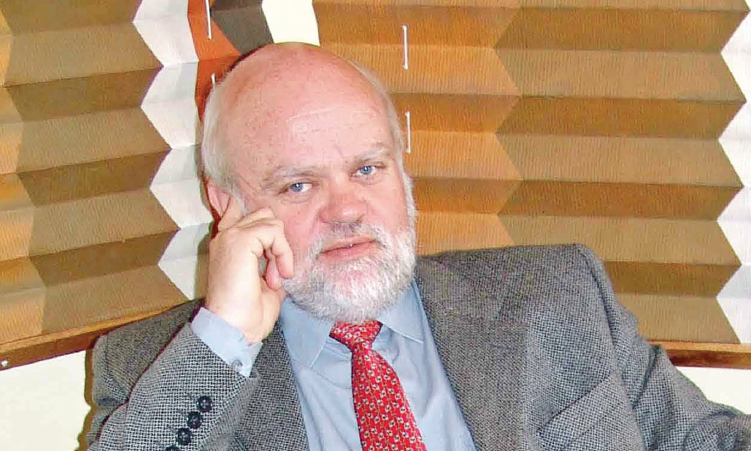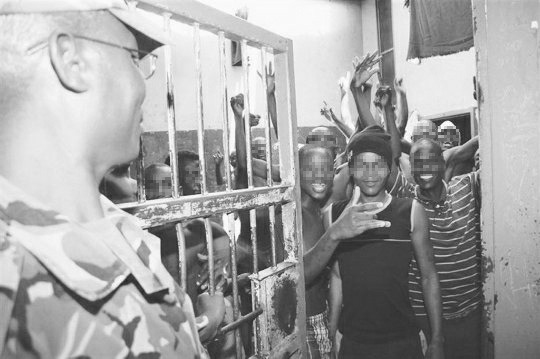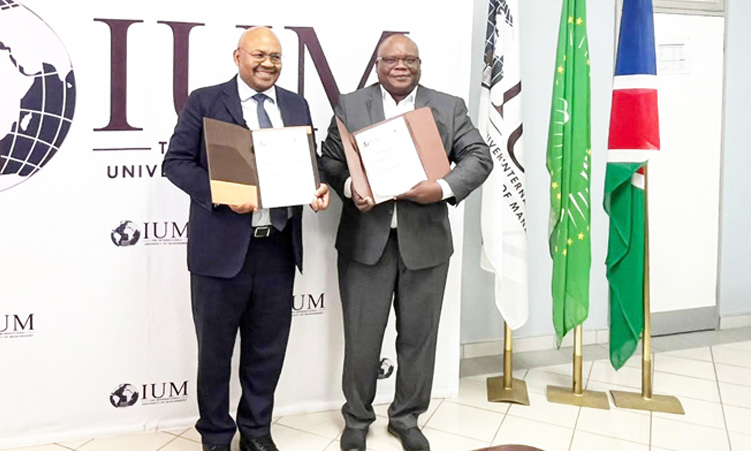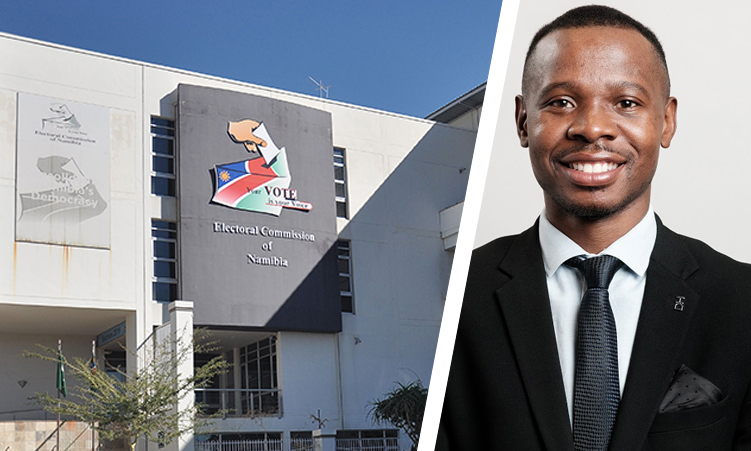The brics summit in South Africa last week featured prominently in the news.
Of the bloc’s five member states, the leaders of Brazil, India, China and South Africa attended in person, with Russia’s president participating virtually.
Brics announced that of the many countries which expressed interest in becoming part of the group, Argentina, Egypt, Ethiopia, Iran, Saudi Arabia and the United Arab Emirates will join as members on 1 January 2024.
The original acronym coined by the Goldman Sachs economist Jim O’Neill was ‘Bric’.
O’Neill at the time claimed that Brazil, China, India and Russia could dominate the global economy by 2050.
He used the acronym in a paper published in 2001, titled ‘The World Needs Better Economic Brics’.
The ‘s’ in Brics was added in 2010 when the Bric bloc invited South Africa (SA) to join.
In 2010, and even now, the prediction by Goldman Sachs pertaining to significant contributions by Bric countries to the world’s economy excludes SA.
That is unless something drastic happens soon to avert SA’s electrical power crisis and negate the many other political, social and economic challenges faced by Namibia’s southern neighbour.
The soon-to-be new members of Brics, measured by population and the size of their economies, also exposes a mismatch in comparison to the original four Bric members.
Saudia Arabia and the United Arab Emirates, with the second-largest economy in the Arab world after Saudia Arabia, are in a different league to the three other countries joining Brics next year.
Egypt is large by African standards, and its economy is on track to grow modestly, but Ethiopia remains one of the world’s poorer nations.
In turn, the economy of Iran is set to gradually recover, but the odd one out is Argentina, a country facing social challenges with an economic outlook that is not positive.
This makes one question what contribution the newcomers would make, at least in the short to medium term, to the global economy.
But is global economic contribution still the thrust of the bloc’s membership expansion drive?
Methinks not.
Clearly the intent is to create a global grouping of diverse large and small nations with differing sizes of population and economies.
Is it not just adding more bricks to build a wall between the developed and the developing world, or the North and the South, a country divide not measured by latitude but by economic status?
Will membership be conditional for smaller nations choosing sides?
Other blocs or country groupings with a focus on economic growth also exist.
It may be wiser for smaller economies to hang out with them but remain friends with all.
Groupings like the Southern African Customs Union, known by the acronym Sacu, are comprised of Botswana, Eswatini, Lesotho, Namibia, and South Africa.
Another is the Southern African Development Community, a sub-Saharan regional grouping of 16 member states.
Most countries on the continent have committed to be part of the African Continental Free Trade Area or AfCFTA agreement, with an aim to facilitate the free movement of people and to create a framework that guides on working towards unhindered trade in goods and services.
Difficult choice and no crystal ball to foretell the future of Brics.
- Danny Meyer is reachable at danny@smecompete.com
Stay informed with The Namibian – your source for credible journalism. Get in-depth reporting and opinions for
only N$85 a month. Invest in journalism, invest in democracy –
Subscribe Now!






